Glass Fiber Membrane
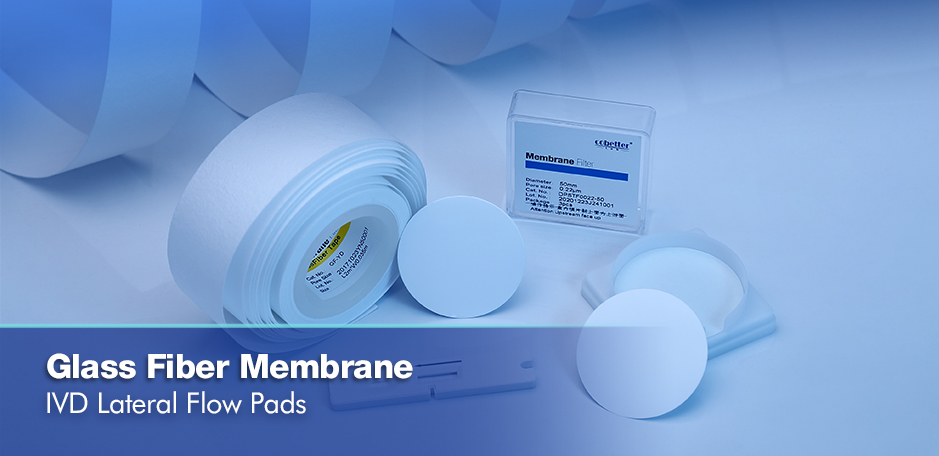
As one of the leading enterprises in filtration and a technology driven company, Cobetter focuses on technologies of filtration, separation and purification. For years, we have been committed to providing customers with various solutions.
In recent years, glass fiber has been widely used for in vitro diagnosis due to its high flow rate, high retention, high load capacity and ultra-high corrosion resistance. Cobetter has developed various types of glass fiber filters to meet different requirements of customers.
Characteristics of Glass Fiber Filters
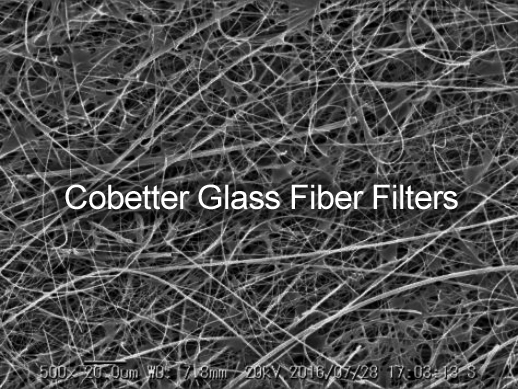 | · Strong surface hardness and not easily deformed.
· Good chemical stability, water resistance, oil resistance, acid and alkali resistance, corrosion resistance, heat resistance, low heat conductivity and sound absorption.
· High flow rate and high load volume capacity.
· Remove particles selectively. By controlling the pore size, particles with certain sizes can be removed.
· High temperature resistance.
|
IVD Lateral Flow Pads-Sample, Plasma Separation and Conjugate Pad Basics
Immunochromatography(ICA) is a new immunoassay method which appeared in the early 1980s. It is a simple and rapid immunoassay technology based on immunofiltration (IFA).
The principle of immunochromatography is to fix the specific antibody or antigen in a certain zone of nitrocellulose membrane. When one end of the dried nitrocellulose is immersed in the sample (urine or serum, etc.), the sample will move forward along the membrane due to capillary action. When it moves to the fixed area with antibody or antigen, the sample will move forward, the corresponding antigen or antibody in the sample will specifically bind with it, and use the immunomarker to make the region display in certain color or fluorescence, so as to achieve specific immunodiagnosis.
.jpg)
Pad materials comprise the porous matrices that are used for the sample pad, plasma separation pad,conjugate pad, and absorption pad.
Most commonly, glass fiber filters are used for the sample pad, plasma separation pad and conjugate pad, PES used for plasma separation Pad, while cotton linter are used for absorption pads. We offer a range of glass fiber and PES materials on Lateral Flow Membranes.
Lateral Flow Sample Pad Selection and Specifications (no blood filtration function)
For non whole blood samples, we have a series of glass fiber sample pad products to meet various needs.
.jpg)
Characteristics of Cobetter Product
- Stable absorption rate of blood and water.
- Low protein binding rate. Less waste of sample, which will not affect the sensitivity of the test.
- Natural hydrophilic, can be quickly wetted and rapid released, which increases detection speed.
- High purity and high consistency.
- Wide range of thickness, absorption rate of sample, various models to choose from.
Specification Recommendation
| Model | Thickness (μm) | Wicking Rate (S/4cm) | Water Absorption Rate
(g/m²) | Weight
(g/m²) |
GF-1 | 200 - 310 | 12 (s/2cm) | 460 | 50 |
GF-2
(after treatment) | 320 - 410 | 6.7 | 330 | 105.3 |
Plasma Separation Pad Selection and Specifications (Whole Blood Sample)
As the market demand for whole blood detection is increasing, our company provides a series of sample pads for blood separation to filter out red blood cells and avoid hemolysis in order to improve the detection efficiency of immunochromatography.
.jpg)
Characteristics of Cobetter Product
- Rapid blood filtration without pre-treatment.
- Hemolysis was greatly reduced after special treatment.
- High filtration rate of red blood cell and high plasma recovery rate.
- Low protein binding rate. Less waste of sample, which will not affect the sensitivity of the test.
- Good chemical and biological compatibility.
- High purity and high consistency.
Specification Recommendation
| Model | Thickness (μm) | Wicking Rate (S/4cm) | Water Absorption Rate
(g/m²) | Weight
(g/m²) |
GF-1 | 200 - 310 | 12 (s/2cm) | 460 | 50 |
GF-2
(after treatment) | 320 - 410 | 6.7 | 330 | 105.3 |
| RB0.45 | 400 - 600 | 18 | 630.5 | 73.9 |
| RB1.1 | 950 - 1250 | 19.7 | 1189.2 | 176.7 |
Lateral Flow Conjugate Pad Selection and Specifications
The detection reagents used in lateral flow immunochromatography are usually antibodies or antigens, which can be combined with colloidal gold particles, colored or fluorescent latex, or quantum dot particles and magnetic beads. The function of the conjugate release pad is to absorb these preparations, to make the conjugate in an effective state within the shelf life, and to release effectively when the sample flows through the release pad.
.jpg)
Characteristics of Cobetter Product
- Natural hydrophilic, can be quickly wetted, rapid release, increasing detection speed.
- Higher capture line strength. Low protein binding rate. Less waste of sample, which will not affect the sensitivity of the test.
- High purity and high consistency.
Specification Recommendation
| Model | Thickness (μm) | Wicking Rate (S/4cm) | Water Absorption Rate
(g/m²) | Weight
(g/m²) |
GF-1 | 200 - 310 | 12 (s/2cm) | 460 | 50 |
GF-2
(after treatment) | 320 - 410 | 6.7 | 330 | 105.3 |
For technical data sheet or application inquiry, you are more than welcome to contact our sales representative by sales@cobetterfilter.com or leave a message

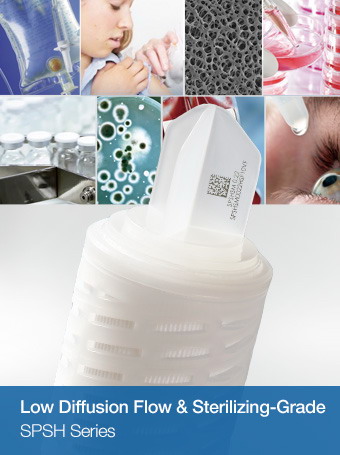
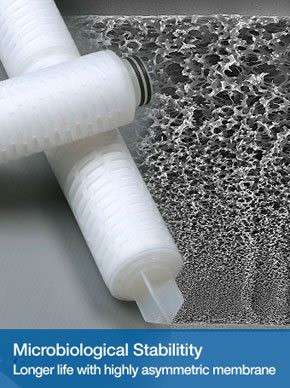
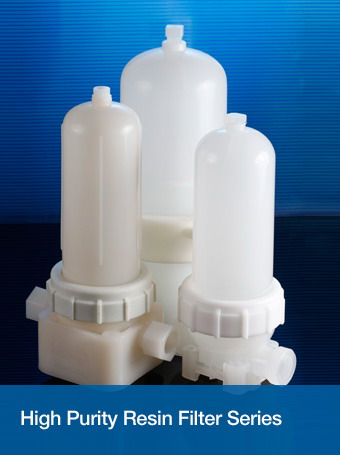
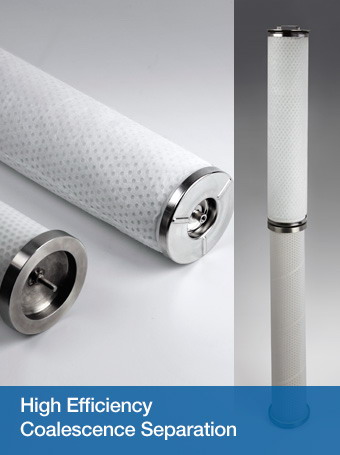
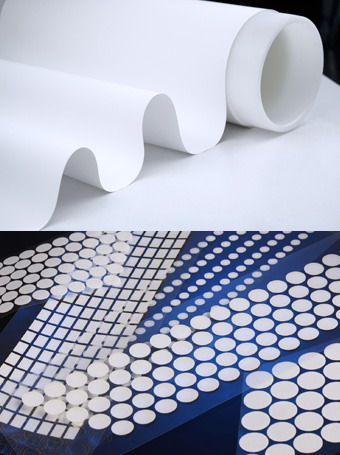

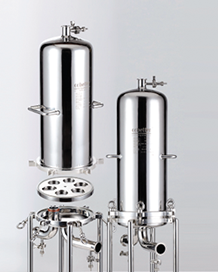
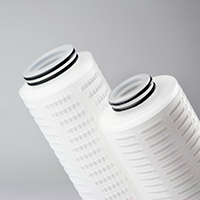































.jpg)
.jpg)
.jpg)
.jpg)







